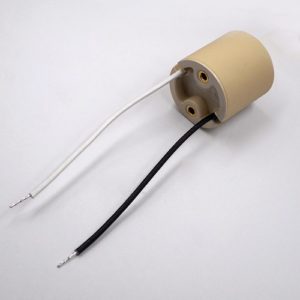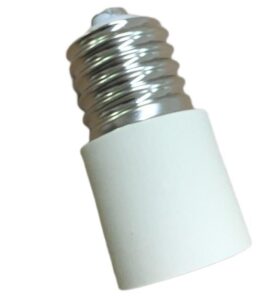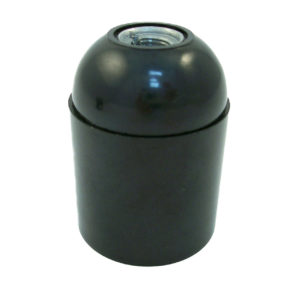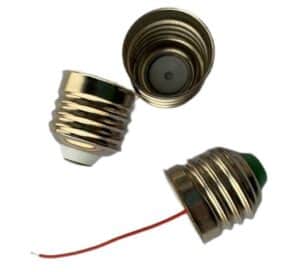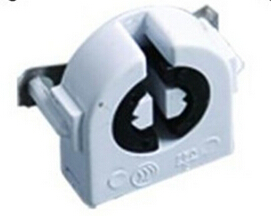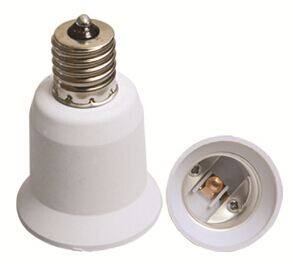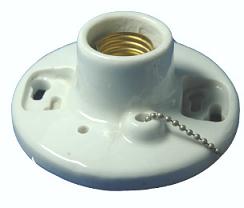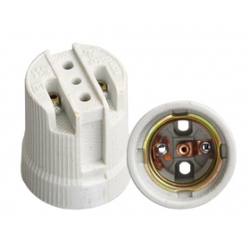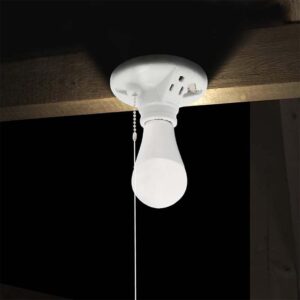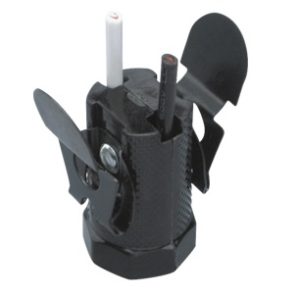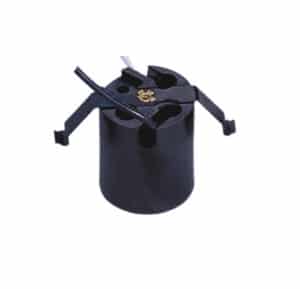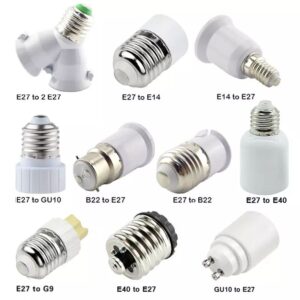The bulb holder is a critical, yet often overlooked, invention that made it possible for us to use electric lights all over the place. It’s what enables you to safely and conveniently connect a light bulb to an electrical circuit.
Thomas Edison’s team invented the screw-type bulb holder, known as the Edison screw, which is still the standard for most light bulbs.
Learn about the history of this critical invention and how it affects modern lighting.
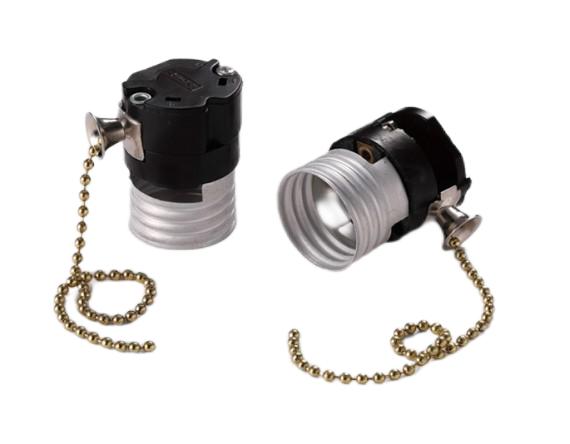
Thomas Edison and the Screw-Type Bulb Holder
Thomas Edison’s team played a pivotal role in developing the screw-type bulb holder, commonly referred to as the Edison screw, in the late 19th century. Edison’s focus was not just on perfecting the light bulb, but also on creating a practical, standardized system for its use. The Edison screw base, introduced around 1880, allowed bulbs to be easily inserted and removed from fixtures, ensuring both convenience and safety.
The Edison screw became widely adopted and remains the most common type of bulb holder used today. The simplicity of screwing a bulb into a holder has endured for over a century, proving the effectiveness of Edison’s design.
The Evolution of the Light Bulb Holder
Before the advent of Edison’s screw-type holder, early electric bulbs required complex and often cumbersome methods for connection. Pioneers such as Joseph Swan and Warren de la Rue focused on the development of the bulb itself, leaving the design of holders to later inventors. Edison’s innovation in creating a user-friendly holder made electric lighting accessible to the masses.
Edison’s screw base was a significant improvement over the earlier designs, simplifying the process of changing bulbs and making it easier for households to adopt electric lighting. The holder’s durability and functionality laid the foundation for electric lighting systems worldwide.
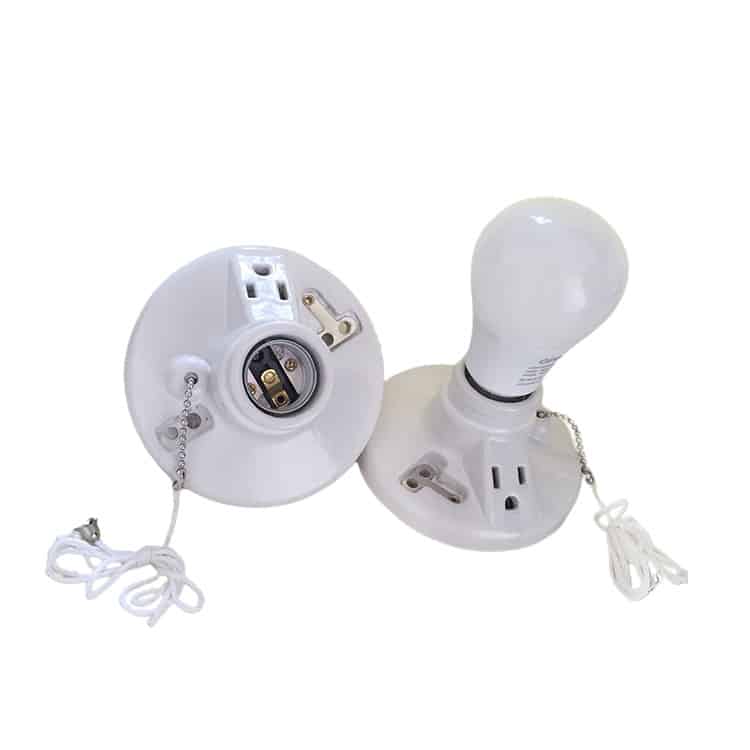
Bayonet vs. Screw-Type Holders
While the Edison screw-type holder became the global standard, another popular design emerged: the bayonet holder. This type of holder, which uses two pins on the bulb to lock into place with a twist, was developed in the UK and gained popularity in Britain and its former colonies.
The bayonet holder offered a secure fit, making it ideal for environments with vibrations or movement, where screw-type bulbs might come loose. Today, both bayonet and screw-type holders are widely used, depending on regional preferences, with the bayonet fitting being common in countries such as the UK and India.
The Standardization of Bulb Holders
The invention of the bulb holder was instrumental in the success of electric lighting because it introduced standardization. Edison’s screw-type holder, known as the Edison screw, came in various sizes, such as E26 in the United States and E27 in Europe. These standardized sizes allowed for mass production and easy replacement of bulbs, significantly driving the adoption of electric lighting.
Other standards, like the bayonet fitting (B22), also developed regionally, but the universal need for a standardized holder system ensured that the use of electric bulbs would become a global phenomenon.
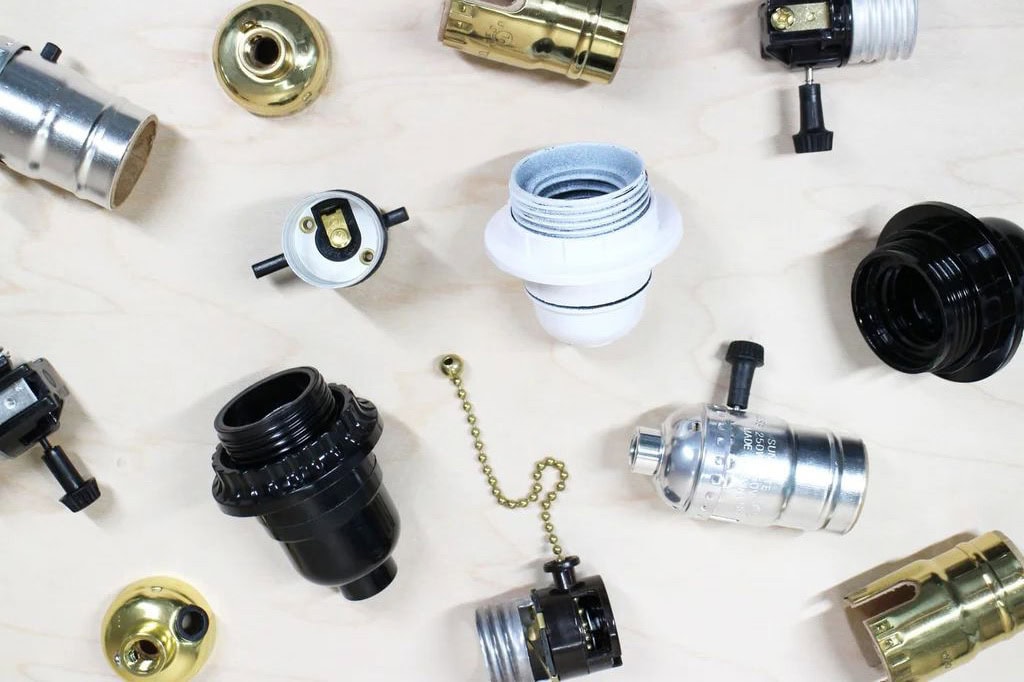
Key Contributors to the Development of Bulb Holders
Though Edison’s name is most closely associated with the invention of the light bulb and its holder, many other inventors played key roles. Joseph Swan, a British physicist, independently developed an incandescent light bulb and contributed to the early designs of holders. Warren de la Rue also made significant strides in understanding electrical systems, which influenced the development of safer and more efficient bulb holders.
These inventors not only focused on the bulbs themselves but also on the practical elements that made widespread electric lighting possible, such as creating reliable holders that could be easily used by the general public.
The Importance of the Edison Screw in Modern Lighting
The Edison screw has remained the most popular bulb holder design for over a century due to its practical and effective design. Its threaded structure provides a secure connection and makes bulb replacement straightforward, which is why it is still used in residential, commercial, and industrial lighting.
Even with the rise of newer lighting technologies, such as LED bulbs, the Edison screw continues to be the standard for most bulb holders, proving its longevity and adaptability in the modern world.
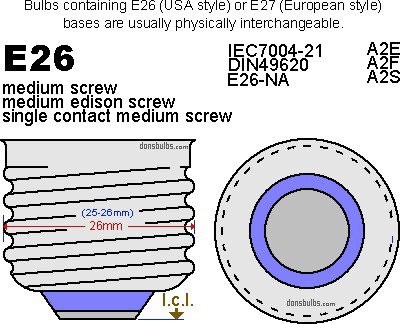
Technological Advances in Bulb Holders
As lighting technology progressed, so did the materials and designs of bulb holders. Early holders were made from materials like brass and porcelain to withstand the high heat produced by incandescent bulbs. Today, many lamp holders are made from durable plastics, which are designed to handle the lower heat output of modern LED bulbs.
In addition to changes in materials, technological advancements have led to innovations like dimmable holders and smart lighting systems, which allow users to control their lighting remotely. Despite these innovations, the core function of the bulb holder remains unchanged.
The Role of Bulb Holders in Energy Efficiency
As the world shifted towards energy-efficient lighting solutions, such as LED bulbs, bulb holders also evolved to support these new technologies. Modern holders are designed to handle a variety of voltage levels and heat outputs, ensuring compatibility with energy-saving bulbs. This has been crucial in reducing energy consumption while maintaining the convenience of electric lighting.
The continued development of energy-efficient holders demonstrates how the original design of the bulb holder has been adapted to meet the needs of modern, sustainable lighting technologies.
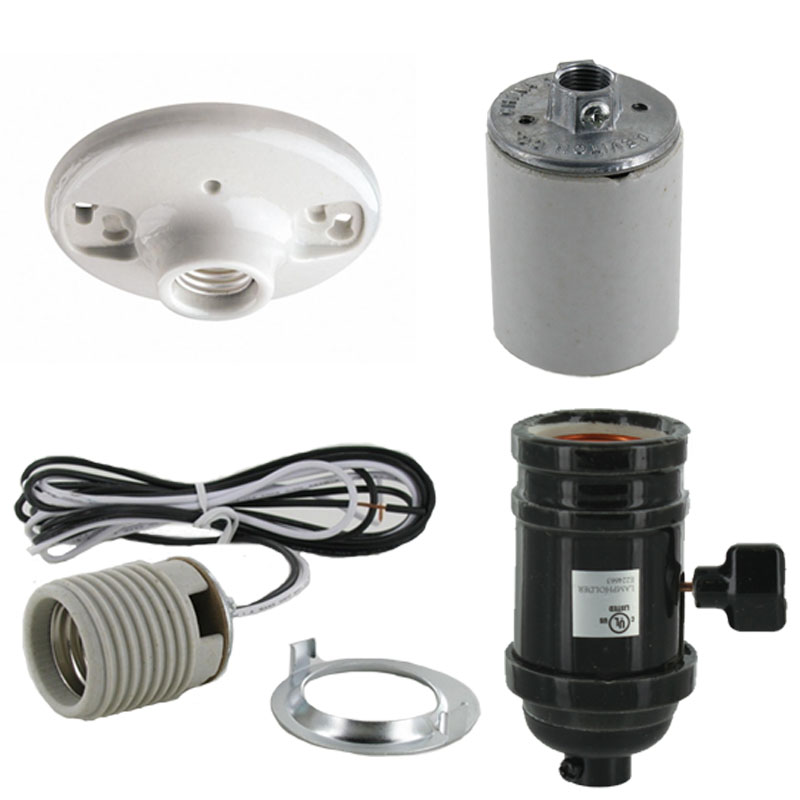
Global Variations in Bulb Holders
While the Edison screw is the dominant design in much of the world, different regions have developed their own standards for bulb holders. The bayonet fitting, for example, is commonly used in the UK and other parts of the world influenced by British engineering standards. In Japan, the smaller E17 socket is widely used, highlighting the regional adaptations of bulb holders.
These variations reflect the flexibility of the bulb holder design, allowing it to be customized based on local preferences and technical requirements while maintaining the same basic functionality.
Final Words:
Thomas Edison’s team revolutionized how we use electric lighting by inventing the screw-type lamp holder, which is still the standard around the world today. You cannot overstate how much this has influenced modern lighting.

